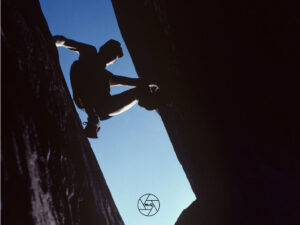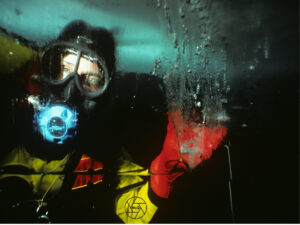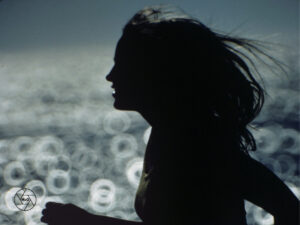Unmodified sunlight is always almost right, which is its temptation and its failure. In frustration, many photographers resort to electronic flash. Fill flash is the most versatile way to enliven Mother Nature’s light, and the most vexing, at least for a while. Theoretically any light would do, not just an electronic flash, but since most continuous light sources are not color balanced for daylight, do not have adequate intensity, and don’t usually have portable power supplies, they’re better off left at home.
Outdoor Photography Lighting Technique No 5 – Fill Flash
Electronic flash units are portable, as powerful as your bank account will permit, and compatible with all light sources. They can be used for a variety of effects. Electronic flash can do anything a reflector will do, only better. For example, increasing the light on the subject through reflection will darken the background by at most one f-stop. FIll flash, on the other hand, can make a difference of three or more f-stops.
Even if the intent is not to modify the background, adding light to the subject will allow for slight overall underexposure (for reversal films), increasing color saturation while maintaining an optimum exposure. The flash also can pinch hit where routine reflection might not be sufficient, such as mottled light caused by uneven shading, or in an unevenly lit scene of extreme contrast when there isn’t enough light to bounce. A flash can highlight selective areas and more than one light can be used at any time. Finally, the short duration of the flash provides an assortment of other tricks, such as stopping action and creating blur.
So what’s wrong with flash? Three minor faults, altogether. First, electronic flash is artificial light and looks as such. You will find a dual solution: Determine exact exposure then back off one-half to one f-stop so its presence isn’t so obvious, and the more natural coloring shows through. Next, get the unit away from the camera so the light isn’t flat and can provide modeling to the subject.
The second strike against a flash unit is that its results aren’t visible. If that is a problem for you, buy a portable unit with modeling lights, or rig your own modeling light. Ultimately, with enough experience, placement becomes second nature.
The third and biggest problem with flash is getting it to work properly, which is next to impossible without the right equipment and knowledge. The former will cost about $300 and the latter your time.
Sinar Bron dissolved its incorporation in the United States 1991, but their SLR portable flash units with modeling lights are occasionally available through Shutterbug (shutterbug.com). Leading electronic flash manufacturers today are Neewer (neewer.com) and GODOX (godox.com). VOKING is a good choice for Nikon digital SLRs and more recently available for other camera models as well (check amazon.com or ebay.com for availability).




